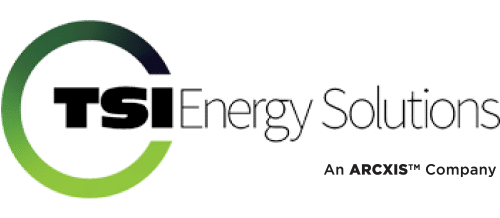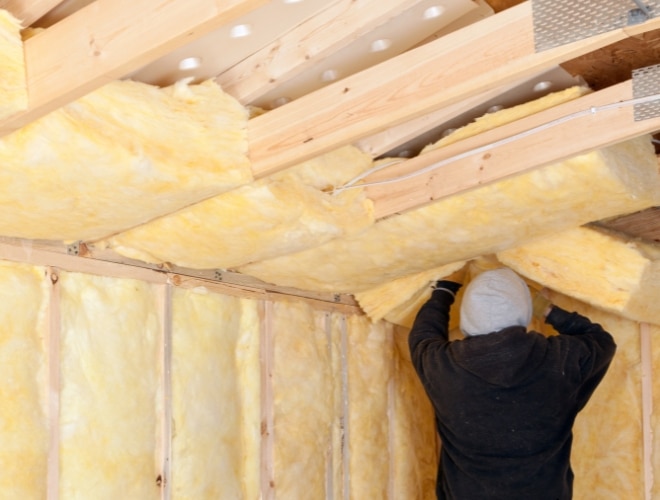Building an energy-efficient home doesn’t necessarily mean higher costs. For home builders, selecting the right insulation is crucial to not only meet local building codes but also to ensure long-term savings for homeowners. This post explores several cost-effective insulation methods that can enhance the energy efficiency of new construction without significantly increasing expenses.
Understanding the Value of Good Insulation
Effective insulation serves as a barrier to heat flow and is essential for heating and cooling homes efficiently. Proper insulation not only reduces heating and cooling costs but also improves comfort by maintaining a uniform temperature throughout the house, minimizing noise from outside, and reducing the carbon footprint of the building.
Types of Insulation Materials
Fiberglass Batts and Rolls
Fiberglass insulation is one of the most commonly used materials due to its cost-effectiveness and ease of installation. It’s suitable for spaces that are standard-sized, like between studs and joists, and is available in widths designed to fit snugly between common spacing.
Cellulose
Made from recycled paper products, cellulose is an environmentally friendly option. It is particularly effective for retrofitting older homes because it can be installed in closed walls and unfinished attic floors through dense-pack or blown-in techniques.
Spray Foam
Although initially more costly, spray foam insulation can provide superior air sealing and thermal resistance. In the long run, the energy savings may justify the upfront cost, especially in climates with extreme weather conditions.
Rigid Foam Boards
These provide great thermal resistance and reduce heat conduction through structural elements, like wood and steel studs. More expensive than fiberglass, rigid foam boards are often used in special applications such as exterior insulation under siding.
Cost-Saving Tips for Insulating Homes
Analyze Needs
Determine the specific needs of each project by considering the local climate and building codes. This helps in choosing the right type of insulation that provides the best return on investment.
Seal Air Leaks
Before installing new insulation, seal all air leaks. This can be done inexpensively with caulk or spray foam, ensuring the insulation performs optimally.
Choose the Right R-Value
The R-value of insulation measures its ability to resist heat flow. Higher R-value insulation is more effective but also more expensive. Opt for insulation with the R-value recommended for your area to avoid overspending.
Consider Long-Term Savings
While initial costs are important, consider the long-term energy savings that higher-quality materials can bring over time. For instance, choosing a slightly more expensive insulation that offers a higher R-value may reduce heating and cooling costs significantly, making it a better investment in the long run.
Bulk Purchasing
If multiple homes are being constructed, consider purchasing insulation in bulk. Many suppliers offer discounts for large orders, which can reduce the overall cost per home.
Installing Insulation Effectively
Proper installation is key to maximizing insulation’s effectiveness. Here are some tips to ensure that insulation delivers the best performance:
Ensure Complete Coverage
Avoid gaps, compressions, or voids in the insulation. Even small gaps can significantly reduce insulation’s effectiveness. In attics, for instance, make sure that the insulation extends into the joist space to prevent heat from bypassing it.
Protect Against Moisture
Use vapor barriers and ridge vents to protect the insulation from water vapor, which can reduce its insulating properties and potentially lead to problems with mold and rot.
Consider the Entire Building Envelope
Insulation works best when integrated into a complete building envelope strategy that includes airtight sealing and proper ventilation. This holistic approach can greatly enhance overall energy efficiency.
Leveraging Technology for Better Insulation
Advances in technology have also introduced new tools and methods that can assist builders in choosing and installing insulation more effectively.
Thermal Imaging Cameras
These devices help detect areas in walls and ceilings that lack sufficient insulation or have air leaks, allowing for targeted improvements.
Software for Energy Modeling
Various software tools are available that can model energy usage based on different insulation types and techniques. These can be incredibly useful in planning construction projects to meet specific energy efficiency goals.
Blower Door Tests
Conducting a blower door test before and after the insulation is installed can measure air leakage rates and verify that the building envelope is properly sealed.
Key Takeaways for Building Efficient, Cost-Saving Homes
Effective insulation is a cornerstone of energy-efficient home building. By choosing the right materials, employing cost-effective strategies, and ensuring proper installation, builders can enhance the energy efficiency of new homes while keeping costs manageable. This not only helps in meeting regulatory standards but also in delivering homes that provide lasting value and comfort to homeowners.
For home builders, staying informed about the latest materials and technologies, as well as adhering to best practices in insulation installation, is essential to maintain competitiveness in the rapidly evolving construction industry. By implementing these cost-effective strategies, builders can ensure that their projects meet the highest standards of energy efficiency and sustainability.

